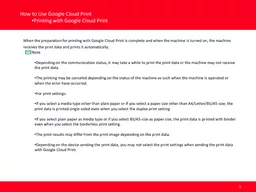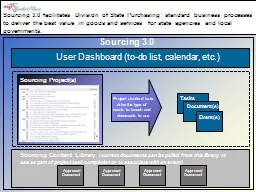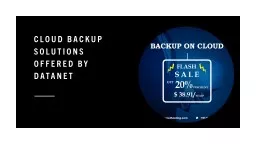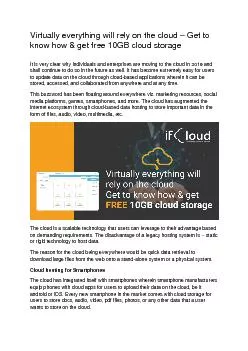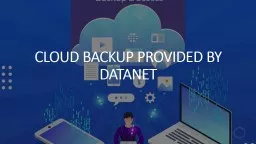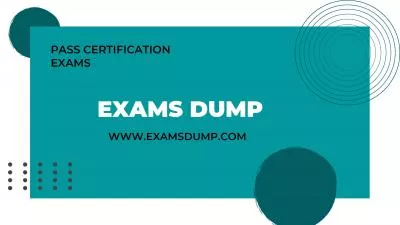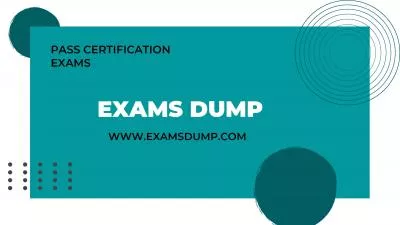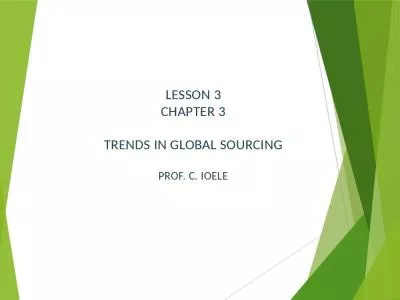PPT-Cloud Sourcing
Author : sherrill-nordquist | Published Date : 2016-03-04
Research Collections Constance Malpas Program Officer OCLC Research RLG Partnership Meeting June 2010 Roadmap Systemwide organization 2009 Parallel in economics
Presentation Embed Code
Download Presentation
Download Presentation The PPT/PDF document "Cloud Sourcing" is the property of its rightful owner. Permission is granted to download and print the materials on this website for personal, non-commercial use only, and to display it on your personal computer provided you do not modify the materials and that you retain all copyright notices contained in the materials. By downloading content from our website, you accept the terms of this agreement.
Cloud Sourcing: Transcript
Download Rules Of Document
"Cloud Sourcing"The content belongs to its owner. You may download and print it for personal use, without modification, and keep all copyright notices. By downloading, you agree to these terms.
Related Documents


